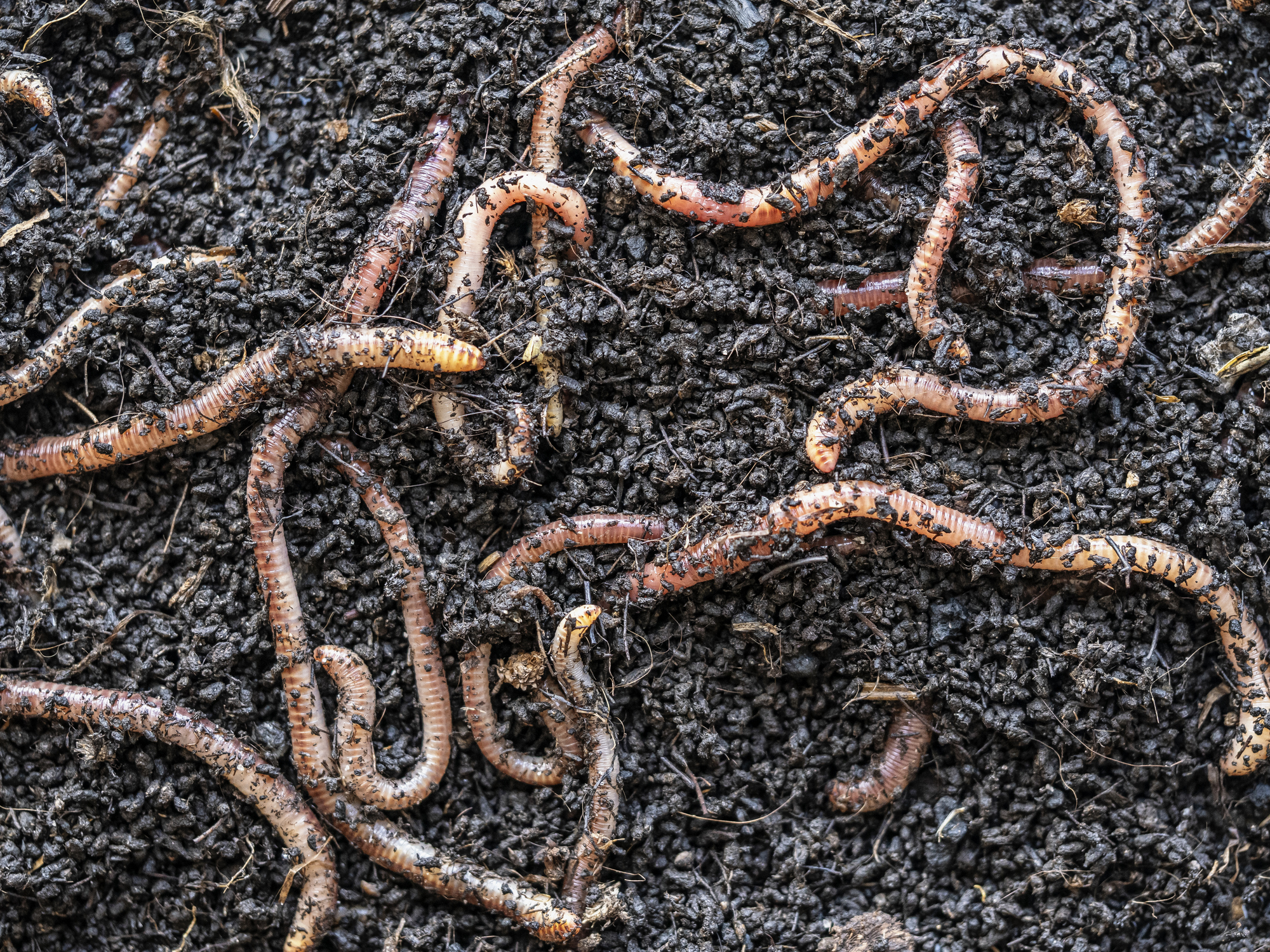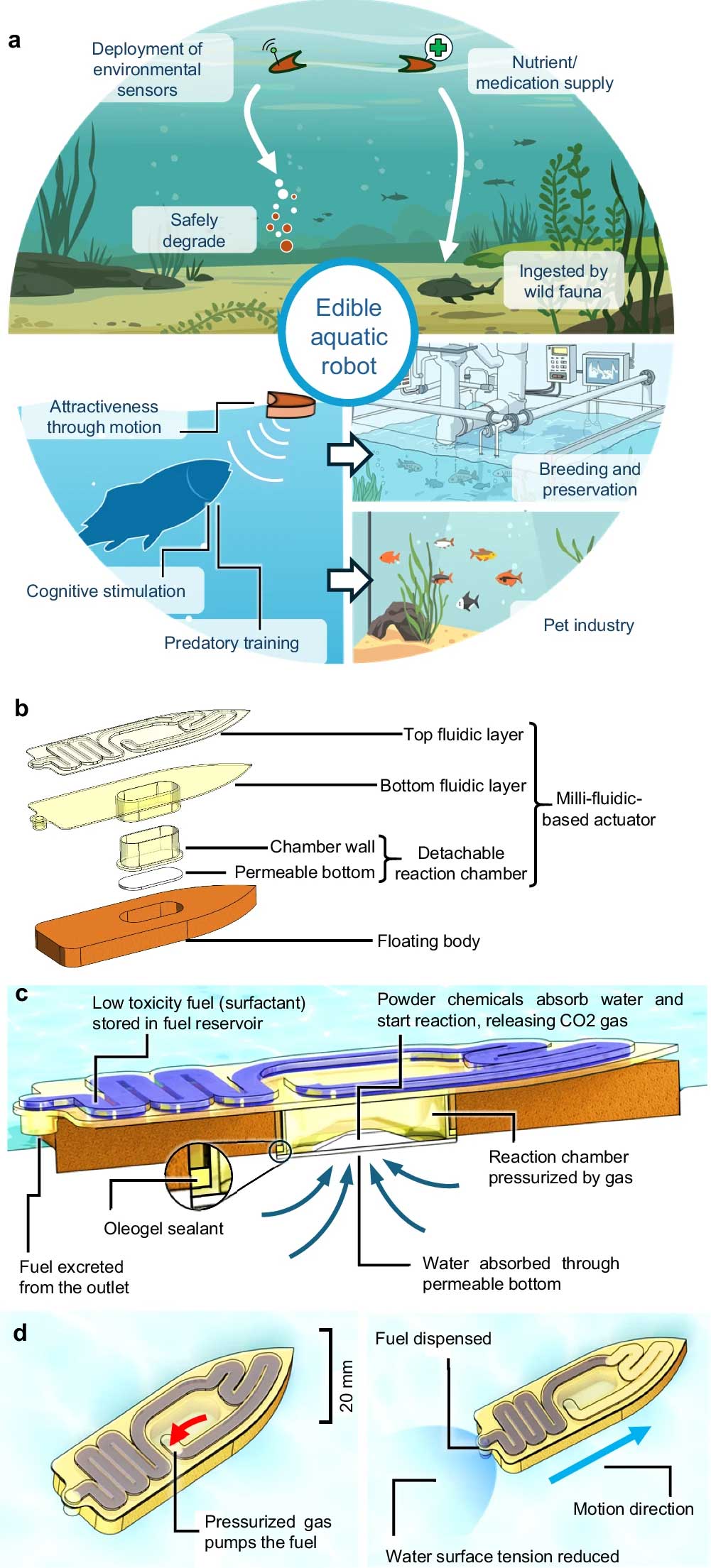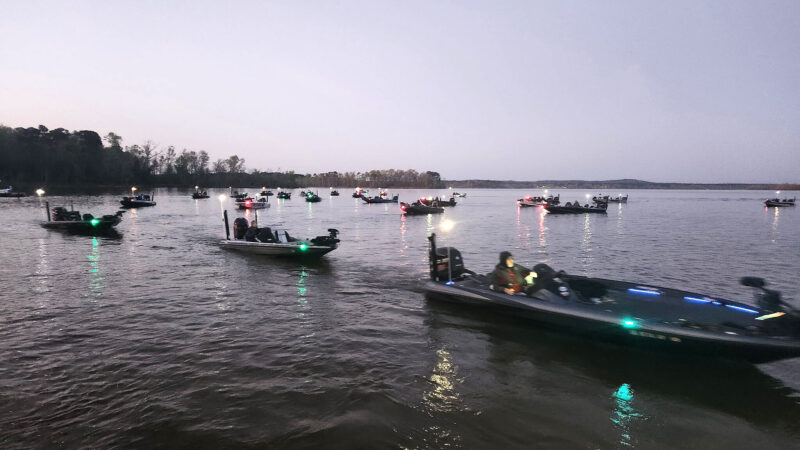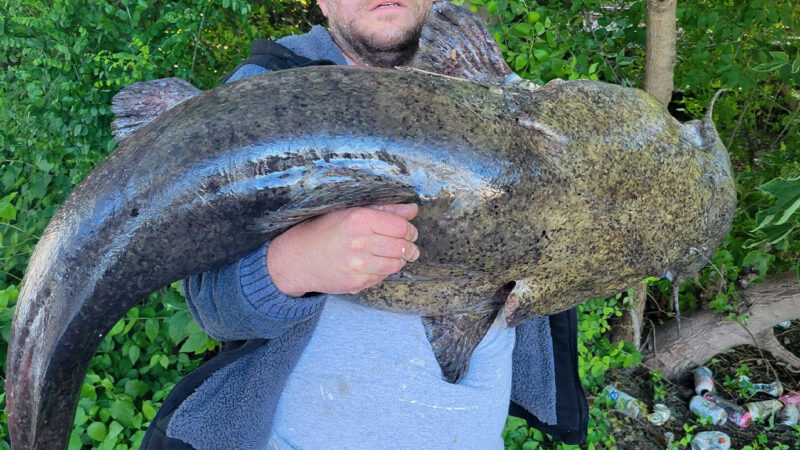Could Tiny, Edible Robots Become the Future of “Live” Bait?
Do any technological advancements really surprise you anymore? With AI becoming ever more prevalent in our world, it truly feels like anything is possible and nothing is off the table, so, when someone lofts an outlandish idea about the future of fishing, I’ll never say, “not a chance.”
Just look at forward-facing sonar, which allows us to see fish eat our lures in real time. Thirty years ago, you’d have scoffed at the notion, but now it’s here and getting better. We’ve also seen incredible advances in scent technology, rod and reel manufacturing, and apps that aid our fishing. Currently, however, we still need to work our lures and use natural bait to catch fish. But maybe someday big tech will alter what we cast.
There have, of course, been attempts to inject microchips and electronics into lures and baits. The rechargeable Animated Lure hit the scene some years ago and was the first self-propelled swimming lure of its kind. Then you have the Zombait, a device you insert into a dead fish to make it come back to life, though this was most appealing to offshore anglers using rather large baits. Both products garnered some attention, and both have users, no doubt, but they certainly replaced traditional baits and lures. Part of the reason is they’re not cheap, so a bad knot or a shark in the tuna school could cost you.
However a recent evolution in how we can monitor water quality in the future might just give us a glimpse at a future where the lines between lures and live bait get very blurry.

Float Your Little Boat
According to MSN.com, a team of scientists in Switzerland has developed robots that double as fish food. And it’s not simply that the fish could eat them without any ill effects, they are legitimately made to be eaten. This represents a huge leap in the eco-friendly robotics field and a great example of responsible disposable tech.
Shaped like tiny motorboats (they look just like Micro Machines speed boats if you’re a child of the 90s like me), these 5-centimeter bots are molded from freeze dried ground fish food pellets. Internally there’s a small chamber that holds a harmless mix of citric acid and baking soda. The chamber is sealed with a gel plug and topped with a reservoir of propylene glycol, which is non-toxic.

Once on the water, the gel plug allows a tiny amount of water in, which contacts the internal powders to trigger a chemical reaction. The reaction releases carbon dioxide, which pushes the glycol out through a tiny opening in the tiny transom. Per the article, the boats can cover up to three times their body length in a second.
The boats are also fitted with micro sensors that monitor water temperature, pH levels, and pollutants, then transmit that data wirelessly. Once the little boats absorb too much water and soften, they’ll sink where fish and other water dwellers can happily munch away on them. Of course, the teeny sensors are currently the only parts of the boat that don’t dissolve away, though the article suggests that the team is working to make those edible, too.
An Alternative Shine?
So, if you can make a tiny boat that scoots around the surface via the power of carbon dioxide, could something like this be the next version of scent-heavy lures like Berkley’s Gulp! line? Imagine adding a kicking tail to a minnow design and letting it swim around under a bobber. No batteries, no recharging, and eventually I could see these getting cheap enough that you wouldn’t freak out if a pike sliced one off. Add scent to the internal chambers and now you’re broadcasting some flavor as the bait works. You know you’d hang one under a tip-up this winter.
I’m not suggesting it would out-fish a live shiner, but at minimum it could be good in a pinch if, for one reason or another, you couldn’t get live bait.
In my view, it’s not far-fetched. We already inject soft-plastics with scents. We already build rattle chambers into lures. And we already make some lures out of biodegradable materials. I personally would be more keen to give something like this a shot, because I don’t want to have to remember to plug in my lures next to my iPhone every time I want to go fishing.
The post Could Tiny, Edible Robots Become the Future of “Live” Bait? appeared first on Outdoor Life.
Source: https://www.outdoorlife.com/fishing/edible-robot-lures/






